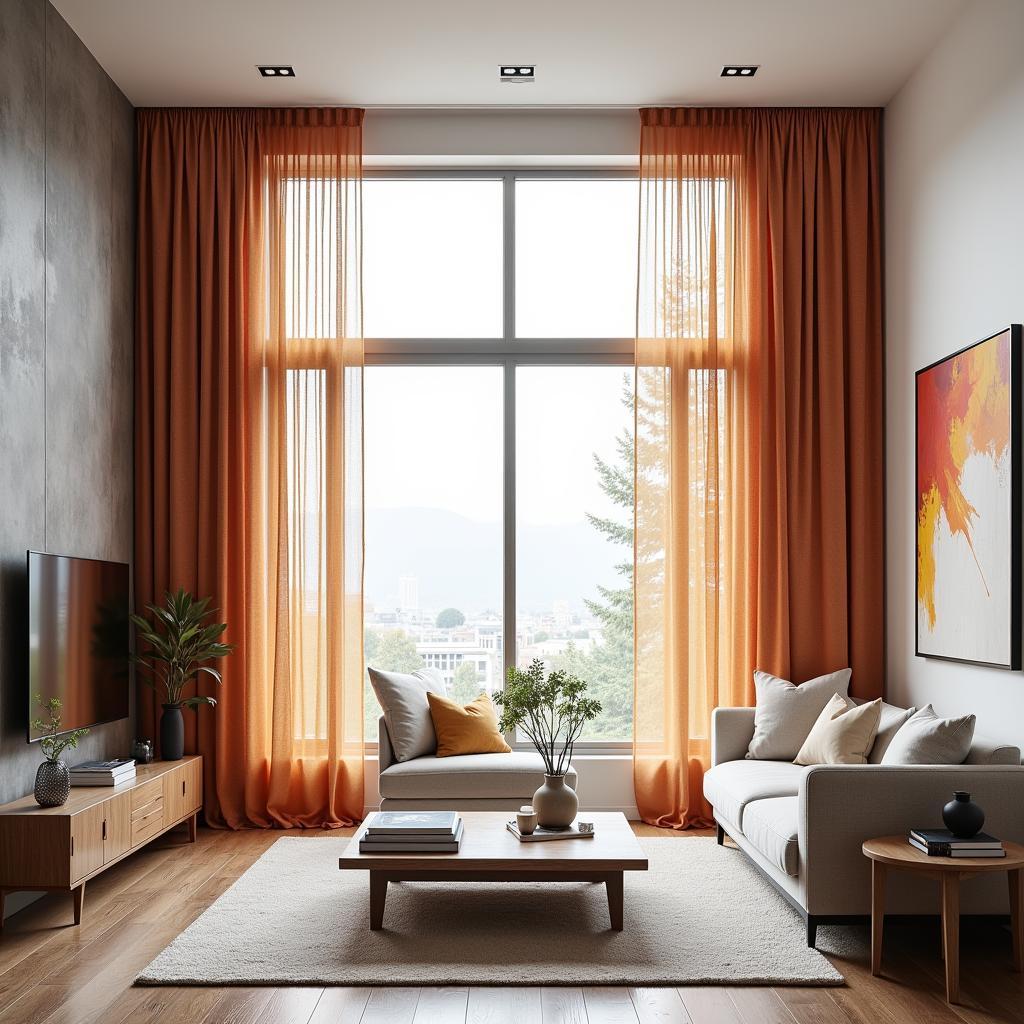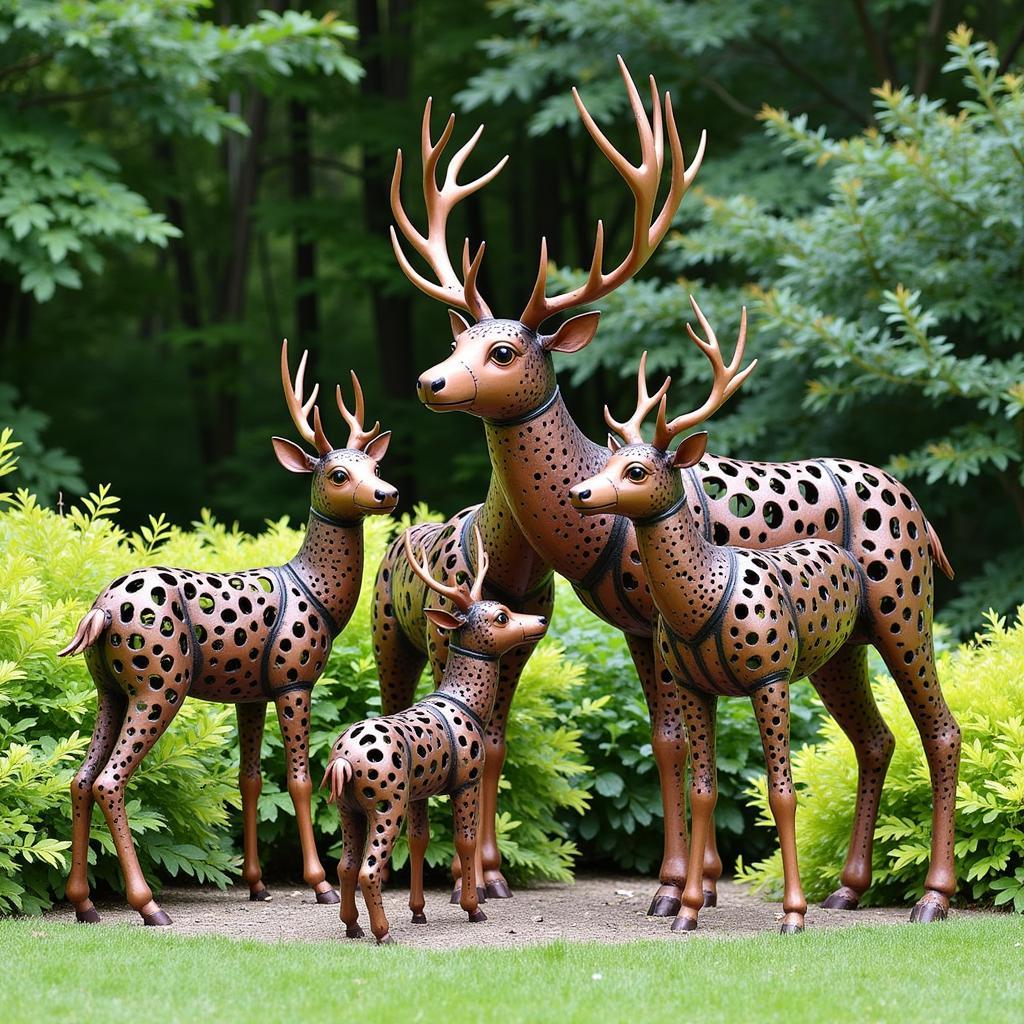Captivating Mountain Art: Exploring Majestic Peaks in Digital Creation
Mountain art has captivated artists and viewers for centuries, evoking a sense of awe and wonder. From traditional landscapes to modern digital interpretations, the majestic peaks continue to inspire artistic expression. This article explores the diverse world of mountain art, delving into its history, techniques, and the exciting possibilities offered by digital tools.
A Journey Through Mountain Art History
Historically, mountains have held a prominent place in art, symbolizing strength, permanence, and the sublime. Early depictions often featured mountains as backdrops in religious or mythological scenes. Think of the towering peaks in Renaissance paintings, often representing a divine presence or a challenging journey. Later, Romantic artists embraced the untamed beauty of mountains, emphasizing their dramatic forms and atmospheric qualities.
The development of landscape painting as a distinct genre further elevated mountain art. Artists like Caspar David Friedrich and J.M.W. Turner captured the emotional impact of mountainous landscapes, using light, color, and composition to convey a sense of awe and tranquility. Their work paved the way for generations of artists to explore the unique aesthetic qualities of mountains.
The Digital Revolution in Mountain Art
Today, digital technology has revolutionized the way artists approach mountain art. Software like Photoshop, Illustrator, and Procreate offer unprecedented control over color, texture, and composition, allowing artists to create stunningly realistic or strikingly abstract representations of mountainous terrains. Digital tools also facilitate experimentation and exploration, enabling artists to push the boundaries of traditional landscape painting.
Digital art allows for the seamless blending of photography and painting, opening up exciting new creative avenues. Artists can manipulate photographs of mountain ranges, adding painterly effects, incorporating fantastical elements, or creating entirely new landscapes from scratch. This fusion of traditional and digital techniques has broadened the definition of mountain art, leading to a diverse range of styles and interpretations.
Mastering Mountain Art Techniques: Traditional and Digital
Whether working with traditional media or digital tools, understanding the fundamental principles of art is crucial for creating compelling mountain art. These include composition, perspective, light and shadow, color theory, and texture. For traditional artists, mastering techniques like oil painting, watercolor, or sketching is essential. Digital artists, on the other hand, need to become proficient in using digital painting software and understanding its various features.
One of the key challenges in depicting mountains is conveying their scale and grandeur. Using techniques like atmospheric perspective, where distant objects appear lighter and less detailed, can create a sense of depth and distance. Similarly, understanding how light interacts with the mountain’s surface is crucial for creating realistic shadows and highlights, adding volume and dimension to the artwork.
Finding Your Artistic Voice in Mountain Art
Mountain art offers a vast canvas for artistic exploration. Whether you’re drawn to realistic portrayals of majestic peaks, abstract interpretations of mountain forms, or surreal landscapes incorporating fantastical elements, the possibilities are endless. The key is to find your own unique artistic voice and develop a style that reflects your personal vision.
Experimenting with different mediums, techniques, and styles is crucial for artistic growth. Don’t be afraid to push your boundaries and explore new ways of expressing your creative ideas. Studying the work of other mountain artists, both past and present, can provide inspiration and insights into different approaches and perspectives.
Frequently Asked Questions about Mountain Art
-
What are some popular subjects in mountain art? Popular subjects include individual peaks, mountain ranges, alpine lakes, forests, and wildlife.
-
What are some essential tools for digital mountain art? A graphics tablet, stylus, and digital painting software are essential.
-
How can I improve my mountain art skills? Practice regularly, study the work of other artists, and experiment with different techniques.
-
Where can I find inspiration for mountain art? Nature itself is the best source of inspiration! Visit mountains, hike trails, and observe the landscape firsthand.
-
How can I sell my mountain art online? Online platforms like Etsy, Saatchi Art, and Fine Art America provide avenues for selling artwork.
-
What are some tips for composing a mountain landscape painting? Consider the rule of thirds, leading lines, and the placement of focal points to create a balanced and visually appealing composition.
-
How can I create a sense of depth in my mountain art? Use atmospheric perspective, overlapping elements, and varying levels of detail to create depth and distance.
Conclusion
Mountain art continues to inspire and captivate, offering a powerful connection to the natural world. Whether you’re a seasoned artist or just beginning your creative journey, exploring the majestic world of mountain art can be a deeply rewarding experience. Embrace the challenge, experiment with different techniques, and let your creativity soar amidst the peaks. Start creating your own captivating mountain art today!
 Abstract Mountain Art Digital Illustration
Abstract Mountain Art Digital Illustration
Need help with your artistic journey? Contact us at Phone Number: 02462573573, Email: [email protected] or visit us at Savico Megamall, 7-9 Đ. Nguyễn Văn Linh, Gia Thụy, Long Biên, Hà Nội 10000, Việt Nam. We have a 24/7 customer support team.




